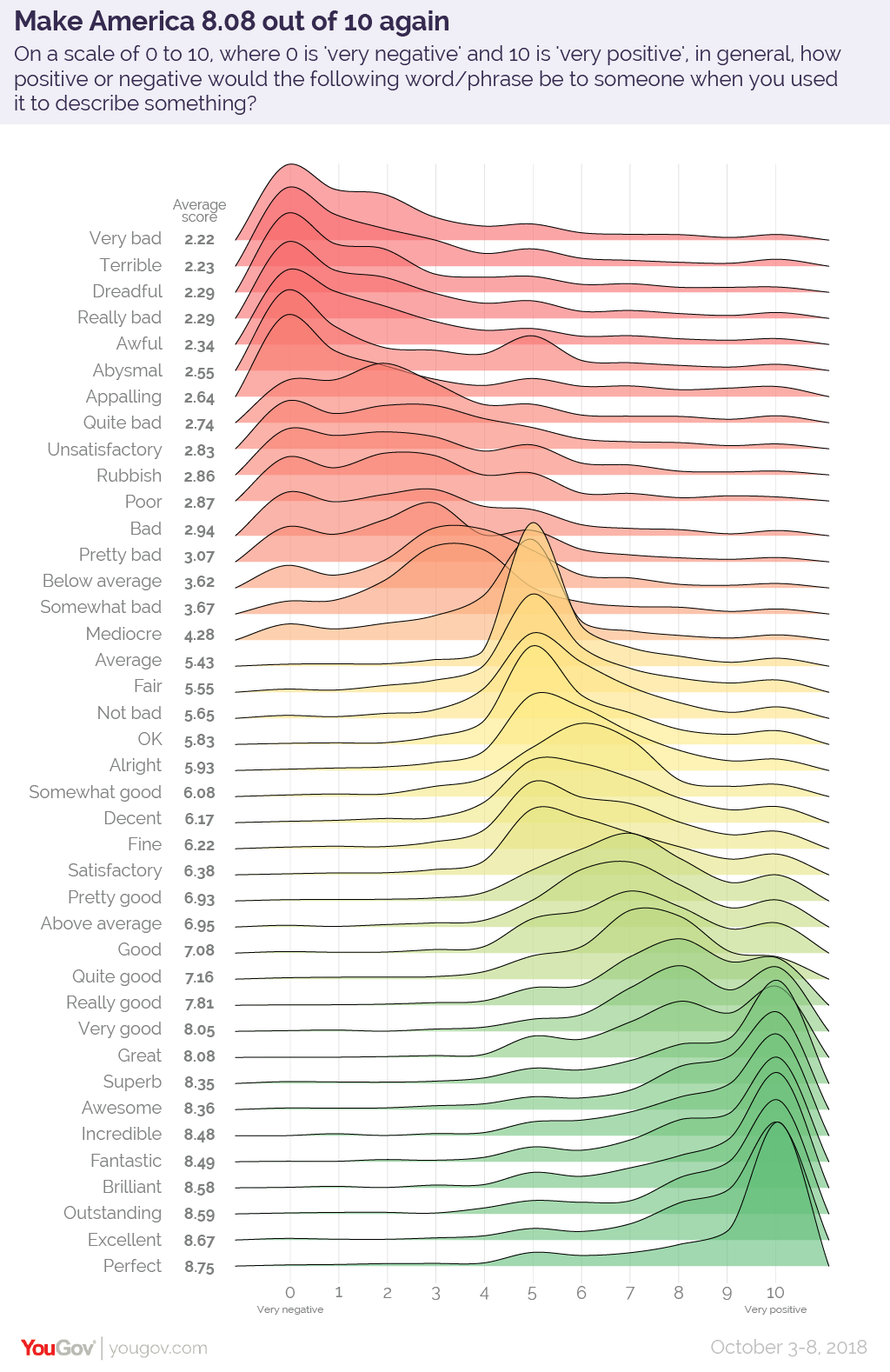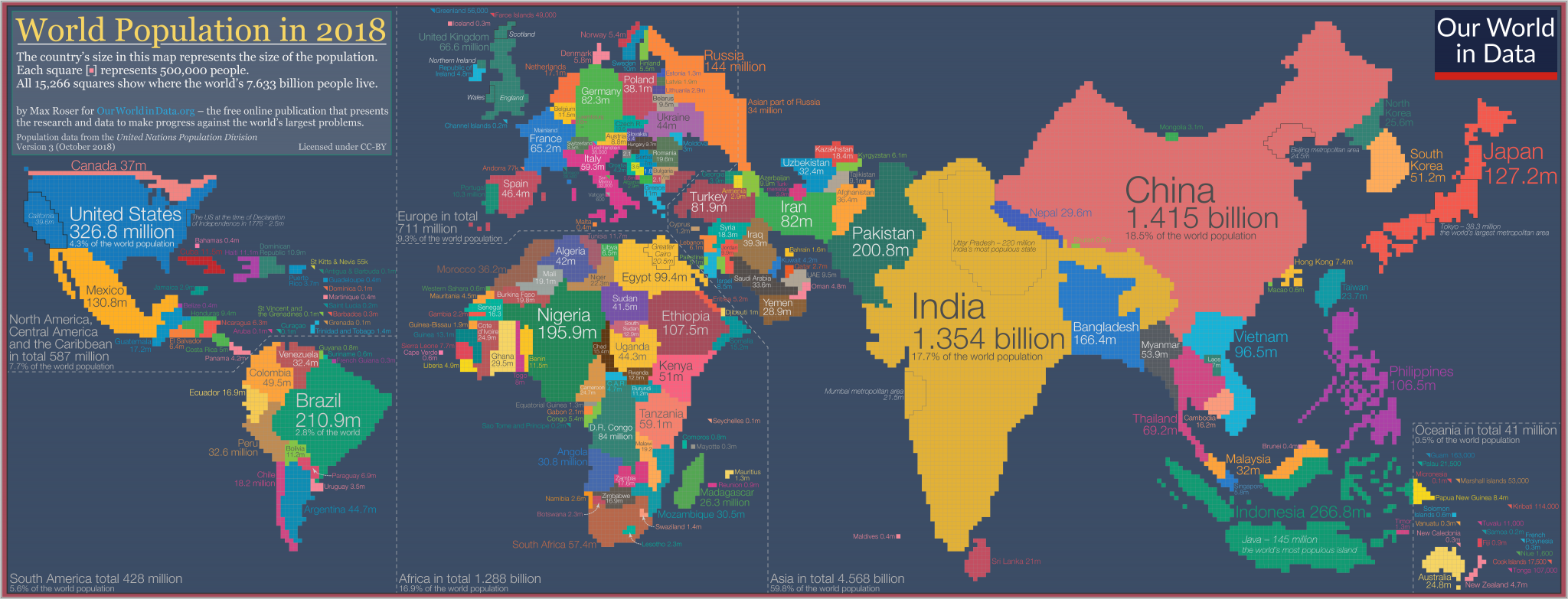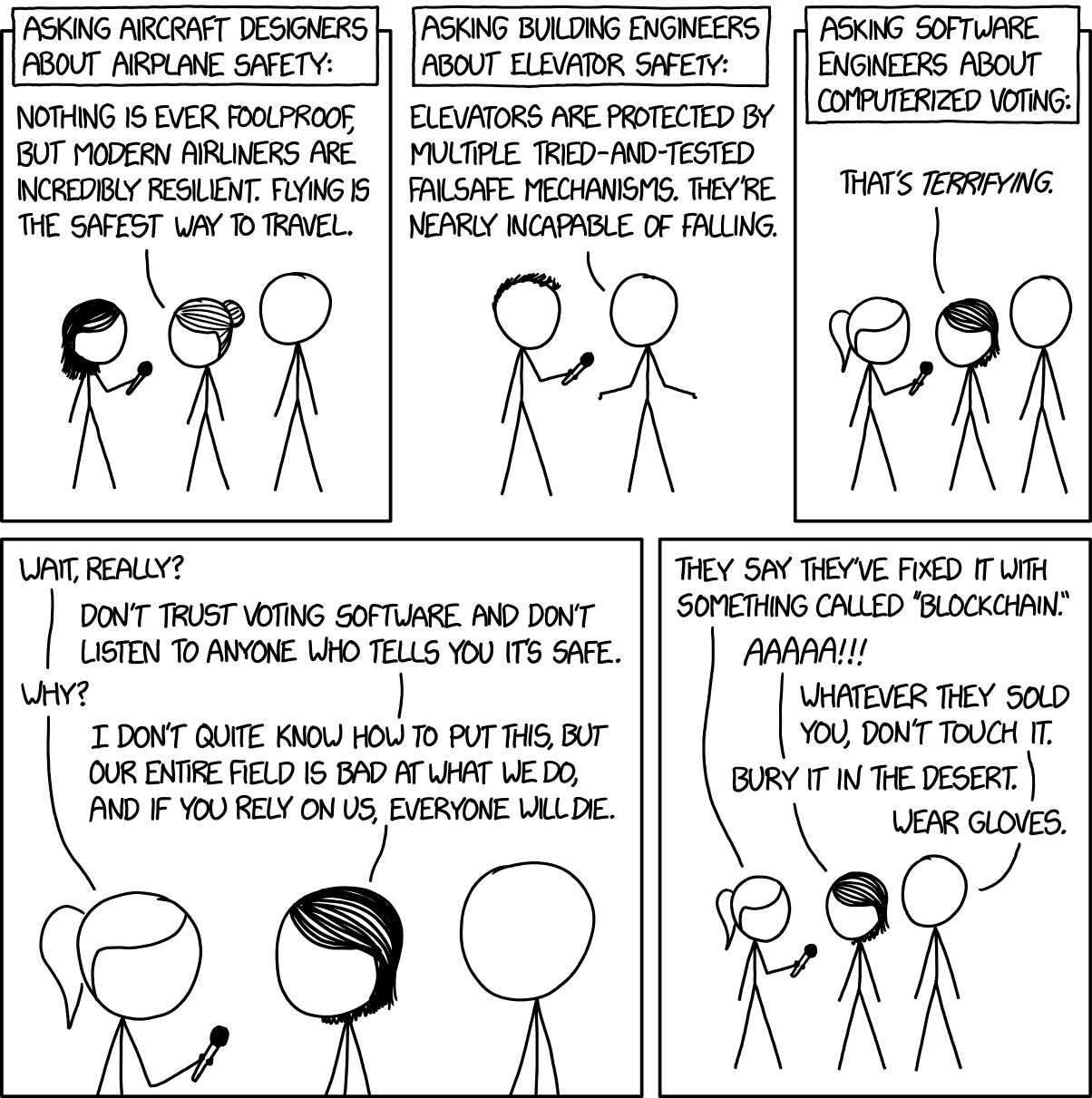Building skyscrapers
Artir at Nintil responds to a Patrick Collison question, and Tyler Cowen calls it one of the best things written this year.
Sotheby’s 'Banksy-ed'
Anny Shaw at The Art Newspaper:
Girl with a Balloon (2006) was the final lot of the night, and just as the canvas hammered at £860,000, or £1.04m with fees—just above his auction record in pounds achieved in 2008—an alarm was triggered inside the work of art. Onlookers turned just in time to see the canvas slip through its faux-gilt frame and be shredded into pieces.
Computational Courtship
Rachel Dinh, Patrick Gildersleve, Chris Blex, Taha Yasseri:
Have we become more tolerant of dating people of different social backgrounds compared to ten years ago? Has the rise of online dating exacerbated or alleviated gender inequalities in modern courtship? Are the most attractive people on these platforms necessarily the most successful? In this work, we examine the mate preferences and communication patterns of male and female users of the online dating site eHarmony over the past decade to identify how attitudes and behaviors have changed over this time period.
The map we need if we want to think about how global living conditions are changing
Max Roser at Our World in Data:
To show global data it is convenient to use a map. But despite the popularity and familiarity of world maps, they can mislead our understanding global living conditions.
Maps are made for a different purpose; they show us where the world’s land masses are. They don’t show us where the people are.
If we want to show where the world’s people are we need a population cartogram, a geographical presentation of the world where the size of the countries are not drawn according to the distribution of land, but according to the distribution of people.
So I spent the last few weekends making this cartogram for the world population in 2018.
Rat in Broth
Matt Levine's daily commentary on financial matters frequently makes me giggle. Here is a particularly good one:
“Rat in Broth Wipes $190 Million Off Restaurant Chain’s Value” is the unappetizing headline here: Shares of Xiabuxiabu Catering Management, a Chinese public company, lost 12.5 percent of their value in two days after, you know, Rat in Broth. Rat in Broth will do that. (There’s a picture.) But the thing about Rat in Broth is that anyone could put a Rat in Broth, leading at least one person to speculate on Twitter about the possibility that this could be “intentional share price manipulation.” [ … ]
One thing I will say for short sellers is that many of them really do believe their (standard, correct) claims about their role in financial markets: that they make markets more efficient, deflate bubbles, root out fraud and delusion, and generally make the world better with their unpopular and negative activity. They see it as a noble but misunderstood calling.
Obviously you could approach short selling in a totally different way: You could short a perfectly good company and then try to blow up its factories, murder its executives and put rats in its broth. This would be strictly inefficient, not only from a financial-market perspective but also from a product-market one: If this was really how short selling worked, then all our cars would fall apart and all of our broth would have rats in it.
How the Other Half Learns
Oren Cass at the Manhattan Institute:
America’s education system, from kindergarten through the state university, is designed to produce college graduates. Those who stop short of at least a community-college diploma are widely regarded as failures, or at least victims of a failed system. Yet most Americans fall into this category, and current trends offer little hope for improvement. Politicians and policymakers are finally paying attention to this population—which, roughly speaking, comprises the working class—and calls for more vocational education and apprenticeships have become fashionable. But a more fundamental reordering of the nation’s misshapen educational infrastructure is necessary if alternatives to the college pipeline are to take their rightful place as coequal pathways to the workforce.
Via @pkedrosky (who deletes his old tweets, so nothing to link to).
The Life and Times of Shopsin’s Restaurant
Calvin Trillin in The New Yorker:
Normally, mentions of Shopsin’s in print are complimentary, in a sort of left-handed way—as in Time Out New York’s most recent guide to the city’s restaurants, which raved about the soups and described Kenny (“the foul-mouthed middle-aged chef and owner”) as “a culinary genius, if for no other reason than he figured out how to fit all his ingredients into such a tiny restaurant.” To Kenny’s way of thinking, a complimentary mention is worse than a knock. It brings review-trotters—the sort of people who go to a restaurant because somebody told them to. Kenny finds that review-trotters are often “petulant and demanding.” Failing to understand that they are not in a completely conventional restaurant, they may be taken aback at having the person next to them contribute a sentence or two to their conversation or at hearing Kenny make a general remark in language not customarily heard in company unless the company is in a locker room.
The God of New York real estate is an ironic god, and he works in ironic ways. What propelled Ken and Eve into the restaurant business in the first place, twenty years ago, was a bump in their rent. They figured that their choices were to start opening on weekends or transform the store into a restaurant. By that time, Kenny was doing a good business in takeout sandwiches like chicken salad and egg salad. “Zito would bring me over bread and I would just have a line out the door every lunchtime,” he recalled not long ago. “Essentially, if anyone asked me what I did for a living, I said I sold mayonnaise—mayonnaise with chicken, mayonnaise with shrimp, mayonnaise with eggs, mayonnaise with potatoes. The key was that essentially you sold mayonnaise for eight dollars a pound and everything else you threw in for free.”
Voting Software
xkcd:
There are lots of very smart people doing fascinating work on cryptographic voting protocols. We should be funding and encouraging them, and doing all our elections with paper ballots until everyone currently working in that field has retired.
The Acceptance Speech
Christopher Schwarz at Lost Art Press:
Whenever I finish an important project, I feel I should give a cheesy “acceptance speech” like you see for awards programs (“I’d like to thank all the world’s mentally defective sea turtles…”). Though my speech (said quietly to myself) always thanks certain tools and fellow woodworkers.
Were I a wanker, I would post photos of my latest chair and say things like: Check my new design, brh. Then a series of acronyms – FISKET and YAMLO. Then the hashtags – #gravycouncil #billyraycoochierash #sponsored.
But that’s not fair. Every piece of furniture is the culmination of the designer’s experiences, influences and previous work. We’re just the blender that takes these ingredients and frapps the frothy result. And so I try to acknowledge these influences whenever possible.
Things that happen in Silicon Valley and also the Soviet Union
Thread by anton on twitter:
waiting years to receive a car you ordered, to find that it’s of poor workmanship and quality
promises of colonizing the solar system while you toil in drudgery day in, day out
Mandatory workplace political education.
Productivity largely falsified to satisfy appearance of sponsoring elites.
It continues, click through.
Via Bruces.
Life Versus Dark Energy
The presence of dark energy in our universe is causing space to expand at an accelerating rate. As a result, over the next approximately 100 billion years, all stars residing beyond the Local Group will fall beyond the cosmic horizon and become not only unobservable, but entirely inaccessible, thus limiting how much energy could one day be extracted from them. Here, we consider the likely response of a highly advanced civilization to this situation. In particular, we argue that in order to maximize its access to useable energy, a sufficiently advanced civilization would chose to expand rapidly outward, build Dyson Spheres or similar structures around encountered stars, and use the energy that is harnessed to accelerate those stars away from the approaching horizon and toward the center of the civilization.
Mark to market
Matt Levine at Bloomberg:
In other totally normal unicorn rapid valuation-doubling news:
SoftBank Group Corp. is in discussions to invest another giant slug of capital in WeWork Cos., with a deal that would value the shared-office company at $35 billion to $40 billion, according to people familiar with the matter.
Such an investment would roughly double WeWork’s $20 billion valuation, set last August when SoftBank invested $4.4 billion in the company.
I have to say, if SoftBank is going to become the entire market for hot private technology startups, then every valuation is going to be marked-to-SoftBank, and the numbers will start to lose their meaning.
SoftBank: Would you like some money at a $10 billion valuation?
Startup: Sure.
SoftBank: Here you go. Would you like some more at a $20 billion valuation?
Startup: Sure.
SoftBank: Here you go. How about a $40 billion valuation?
Startup: This is dumb but it’s not like we’re going to say no.
SoftBank: Here you go.
Startup: Thanks brb buying a yacht.
SoftBank: Our mark-to-market investment returns are tremendous, we must be good at this.
Dasher: information-efficient text entry
David MacKay:
Keyboards are inefficient for two reasons: they do not exploit the redundancy in normal language; and they waste the fine analogue capabilities of the user’s motor system (fingers and eyes, for example). I describe a system intended to rectify both these inefficiencies. Dasher is a text-entry system in which a language model plays an integral role, and it’s driven by continuous gestures.
More infro and apps to play with it at http://www.inference.org.uk/dasher/
In my opinion, physical keyboards will always win, as they have a 1 to 1 relationship between thinking a letter and accessing that letter (for alphabets with a reasonable number of characters anyway). But this is a stunningly amazing improvement over eye tracked onscreen keyboards, and a fun thing to play with. Check out the scanning box method in the phone version. For someone with severe physical disabilities I think this would be best in class?



